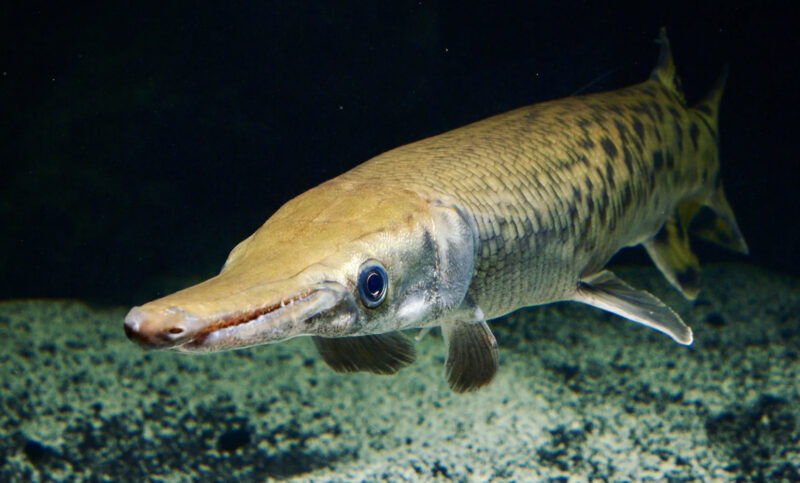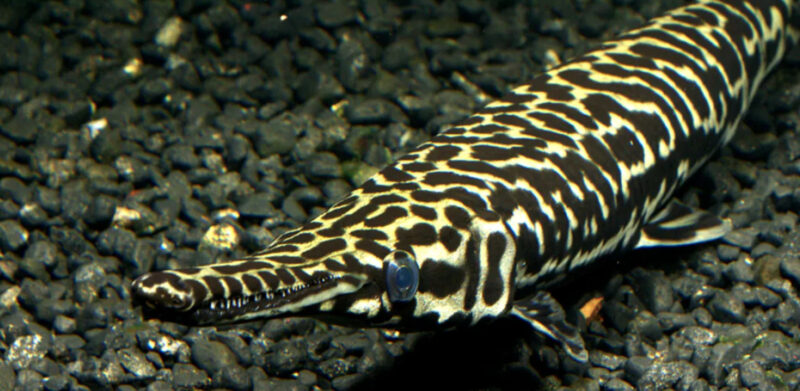Some animals remain unchanged by evolution over millions of years. Coined “living fossils” by Charles Darwin, these creatures are changing at such an inexplicably slow rate that it doesn’t seem to be happening at all.
Now scientists have found the ultimate living fossil. Gars have the slowest rate of molecular evolution ever seen in any jawed vertebrate.
A long, slender fish with an extended snout, gars are the only living member of the Ginglymodi group. They have been roaming the lakes and rivers of North and South America for over 150 million years, since the late Jurassic. While dinosaurs went extinct, they managed to survive, unchanged, with relative ease.
There are seven species of gar, and all of them closely resemble their ancient fossil relatives. A team of researchers analyzed 471 species of living fossils, and discovered that gars evolve a thousand times slower than any of them. Researchers believe this is due to the fish’s DNA repair mechanisms.

An alligator gar. Photo: Solomon David
Able to repair mutations
Evolution begins with mutations in DNA, but the gars seem to be able to fix mutations more effectively. This brings evolution to a grinding halt. Not that that to hinder the ancient fish. Gars are surprisingly able to adapt to their environments.
“They breathe air, they have toxic eggs, and armored scales,” said co-author Solomon David. “They can even live in saltwater for extended periods. Our previous research has shown they can (relatively) rapidly adapt to different climates at different latitudes.”
One consequence of this super slow evolution is that gars have a low species diversity. This has led to an unusual situation. Two lineages of gars, which separated millions of years ago, are still able to interbreed and produce fertile offspring. Alligator gars and longnose gars have produced hybrids in rivers both in Oklahoma and Texas.
“We ended up showing that the split between the two living genera of gars happened about 106 million years ago,” co-author Chase Brownstein told IFL Science. “Yet these two gar genera are still producing viable and fertile hybrids in the wild. This would be equivalent to a chimpanzee producing fertile offspring with a kangaroo, a whale with a wombat, or an ostrich with a blackbird! Absolutely nutty!”

A hybrid of an alligator gar and longnose gar, top, with an alligator gar for comparison. Photo: Kati Wright
Medical implications
The two species have been in similar locations for 55 million years, but there are relatively few hybrids. The researchers think the number has increased because the gars’ habitats now overlap in a few areas. In an incredible stroke of luck, one of the co-author’s graduate students caught a hybrid as the study was being published, allowing the team to study it in detail. They also found hybrids between the alligator gars and spotted gars.
The discovery that gars might have a super-efficient DNA repair mechanism could have huge implications in the medical field.
“Most cancers are…mutations that represent failures of an individual’s DNA repair mechanisms,” Near said. “If further study proves that gar DNA repair mechanisms are extremely efficient, and discovers what makes them so, we could start thinking about potential applications to human health.”






